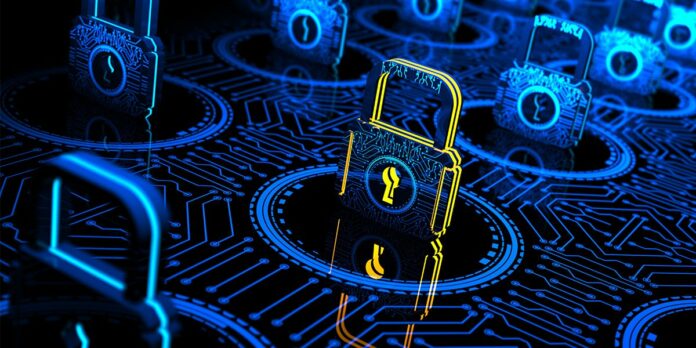Over the past decade, we have witnessed the massive implementation of smart city infrastructure and the digitization of numerous citizen-centered services on central and state governments, focused on providing clear, reliable, and successful public service delivery. Some of India’s renowned digital programs include Direct Profit, MyGov, GeM, Digital Payments, etc.
The newest addition to the rapid collection of e-services is the newly unveiled National Digital Health Mission as a single healthcare program within which each Indian citizen will receive a digital health identity from the Government. The health-ID system can store health records of the person, like visits to hospitals, illnesses, treatment line, and medicines taken in the cloud. It will function as a one-stop service for people to share their medical records with any physicians or health centers.
Nevertheless, the introduction of an ecosystem-based on a public digital platform could generate new cybersecurity risks. This involves malevolent attacks on both central and state governments’ cyber systems and subsequent misuse of citizens’ data. We can’t understate the need to properly safeguard the data of millions of citizens. Presently the attacker is unidentified and could be anyone, anywhere a nation-state, a hacker group sponsored by the state, or a set of malicious people.
Approximately all organizations including central and state governments have been compelled by the current pandemic to encourage their workers to work from home. Cyber attackers are focusing on the government officials working from home, and undermining government IT infrastructure. Given the evolving threat scenario, each government department must ensure the protection of sensitive and vital data.
It is necessary to understand the advantages of an approach to cybersecurity that is focused on individuals. This allows the government to use behavioral analysis to strengthen the citizens-centered data and e-services with a constructive and focused response.
Human-centric cybersecurity requires understanding the relationship between users and data. The activity combines analytical information from conventional security systems with contextual data from various sources, including travel logs, interactions via email or chat, and others. This integrated information is used to generate an individual user’s virtual profile to create a ‘normal’ behavioral pattern.
Behavioral analysis pushes cyber protection beyond the domain of conventional security defenses. A corrupted security credential has different behavioral traits that distinguish it. Organizations should promptly establish policies that are informed by behavioral patterns by focusing on protection at the human level, particularly among employees who may portray the highest risk.
India’s National Cyber Security Strategy 2020 is expected to be launched late this year and will discuss issues such as cyber protection upgrading, to mold India’s next generation’s overall security in the cyberspace.
There is indeed a chance to build creative cybersecurity technologies that will have a positive impact on the global community. This opportunity must be taken as an ability to step outside of perimeter-based, reactive, threat-centered approaches in favor of behavior-centered solutions that placed humans at the heart of cyber-defenses.

